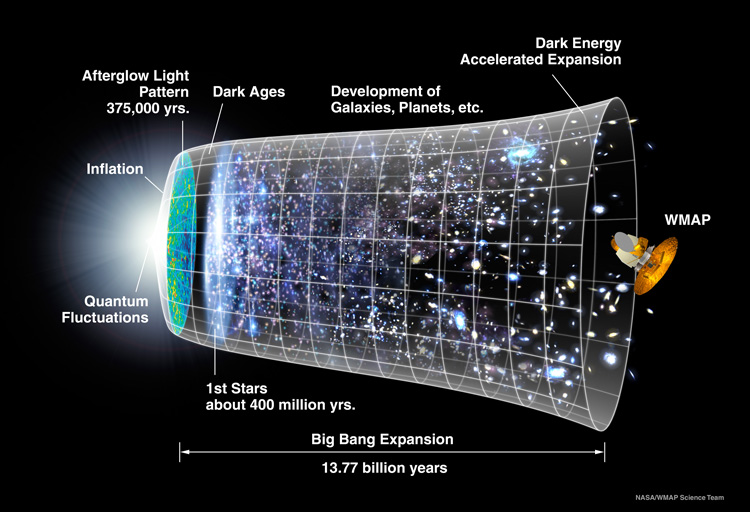How physically plausible is the cosmological constant?
The physical interpretation of the cosmological constant as vacuum energy density is supported by the existence of the "zero point" energy predicted by quantum mechanics. In quantum mechanics, particle and antiparticle pairs are consistently being created out of the vacuum. Even though these particles exist for only a short amount of time before annihilating each other they do give the vacuum a non-zero potential energy. This concept of the vacuum energy has been experimentally confirmed through the Casimir effect, where two uncharged conducting plates attract each other due to quantum fluctuations. In general relativity, all forms of energy should gravitate, including the energy of the vacuum, hence the cosmological constant.
The problem with associating the cosmological constant with quantum mechanical vacuum energy appears when we make even a simple estimate of what this implies for its value. The following estimate is taken from Carroll et al. 1992. A relativistic field can be thought of as a collection of simple harmonic oscillators, each with a zero-point energy:
For a scalar field of mass m, the vacuum energy is the sum of all the simple harmonic oscillator zero-point energies:
Where (
) for the scalar field. This sum may be evaluated by putting the system in a box of volume L3, and letting L go to infinity. The periodic boundary conditions of the box require that the wavelengths be for integer values of n. There are then discrete values of k in the interval from k to k+dk, and the sum becomes an integral:
To evaluate the integral we must impose a cutoff at a maximum wavevector . We then have:
As we let go to infinity then the vacuum energy density diverges. This is due to contributions from modes with very high k. This divergence is not too worrisome, however, because we know that no low energy theory is expected to be true at high energies, where new physics must be included. We can therefore estimate the value of at the energy scale which surely requires some new theory to describe it. The Planck energy (at 1019 GeV) is thought to be the energy where conventional physical theories break down, and a new theory of quantum gravity is required. If we impose this energy as the cutoff, we obtain:
ergs / cm3 or
Such a high value for the cosmological constant is surely absurd. One might argue that we have chosen too high a value for , but in order to satisfy the observational constrains we would have to use a cutoff energy of ~10^-2 eV, which is surely unrealistic.
Such high theoretical calculations of are a real limit to the plausibility of a non-zero cosmological constant. The above was only an example for a single field, and it is possible that the the contributions of all the different fields associated with the particles of the standard model conspire to produce a cosmological constant that is small.
This argument, however, leads to the belief that the cosmological constant is exactly zero, for how could the fields conspire to cancel out all but 1 part in 10^120?










